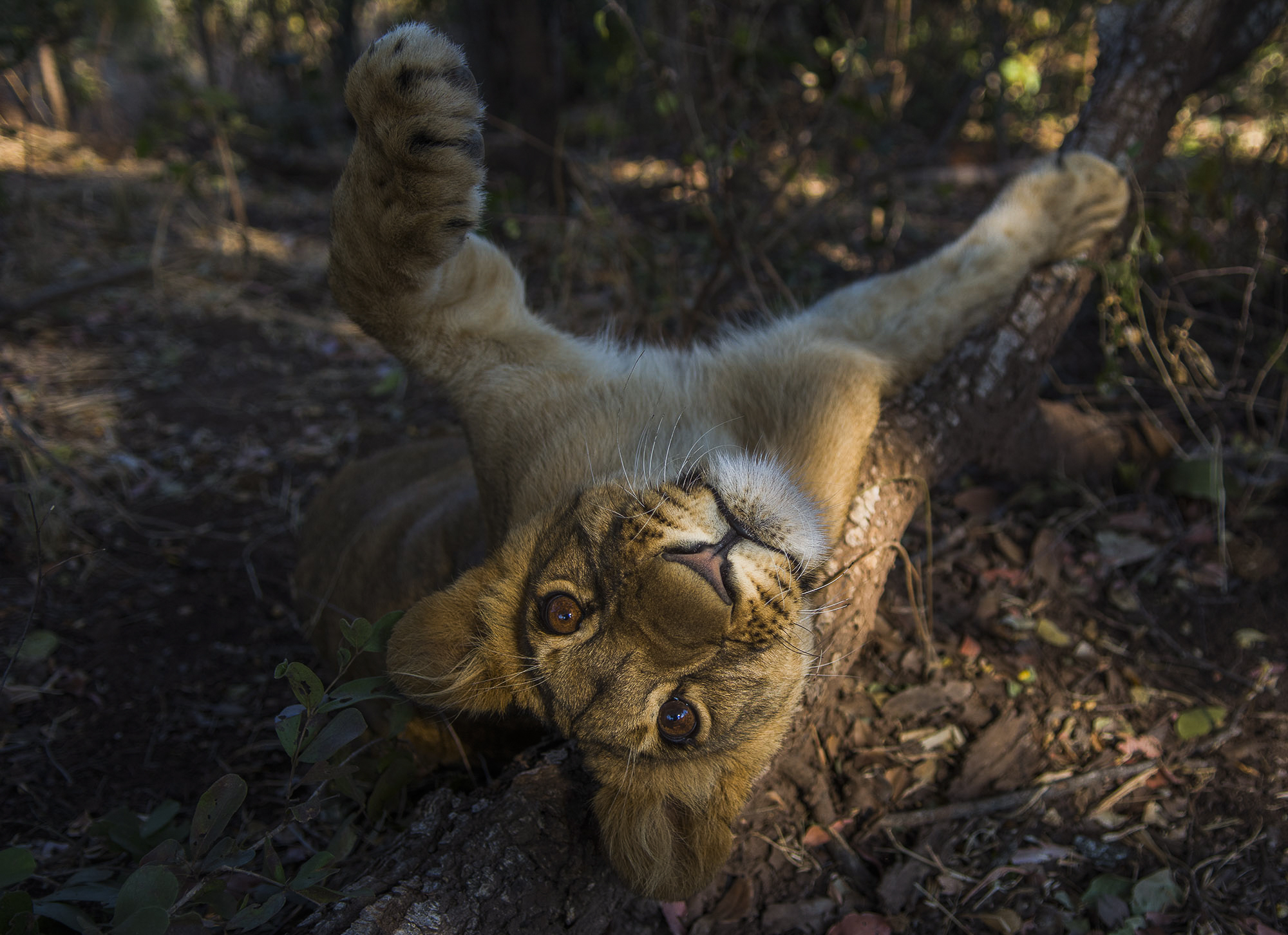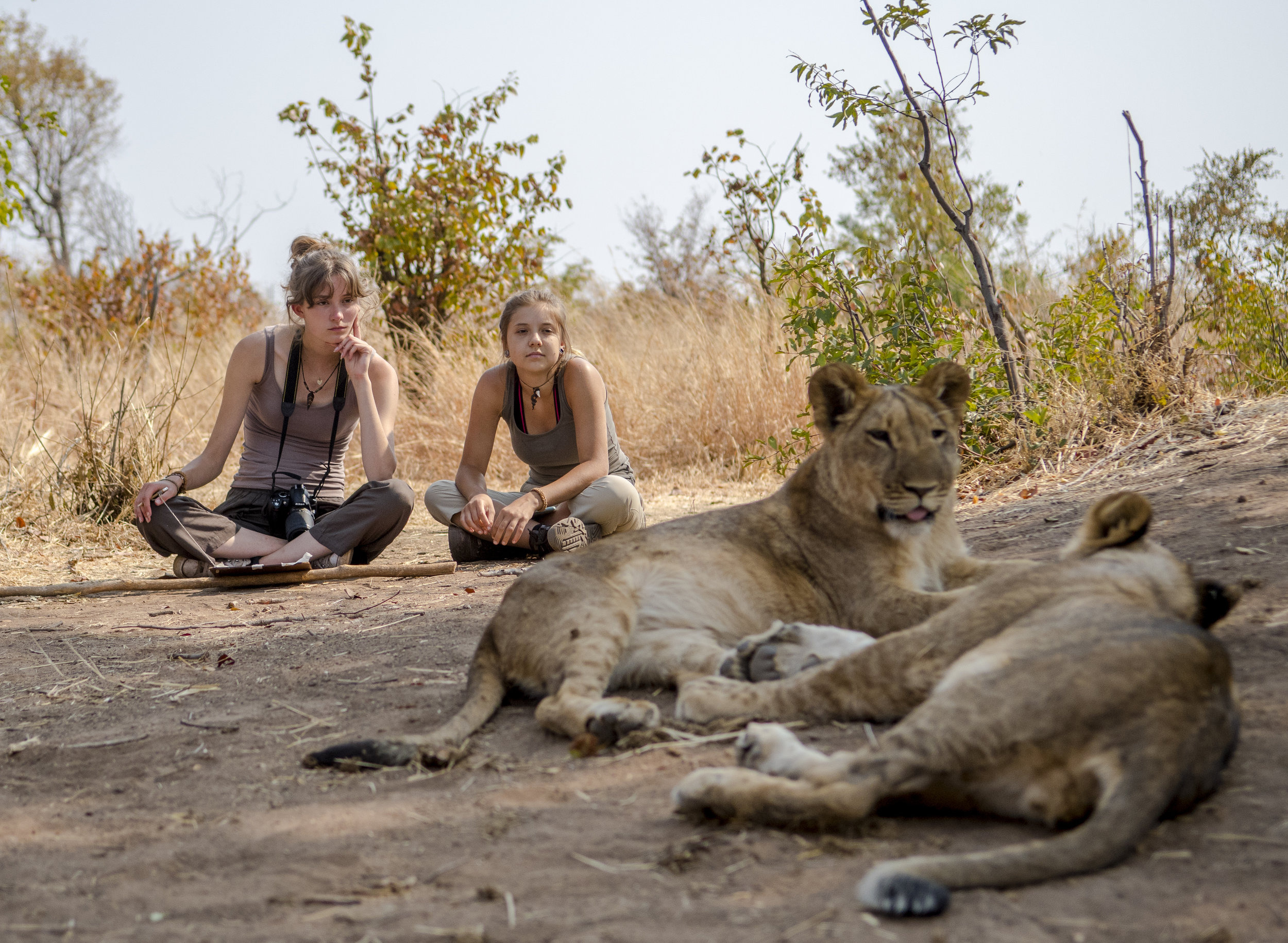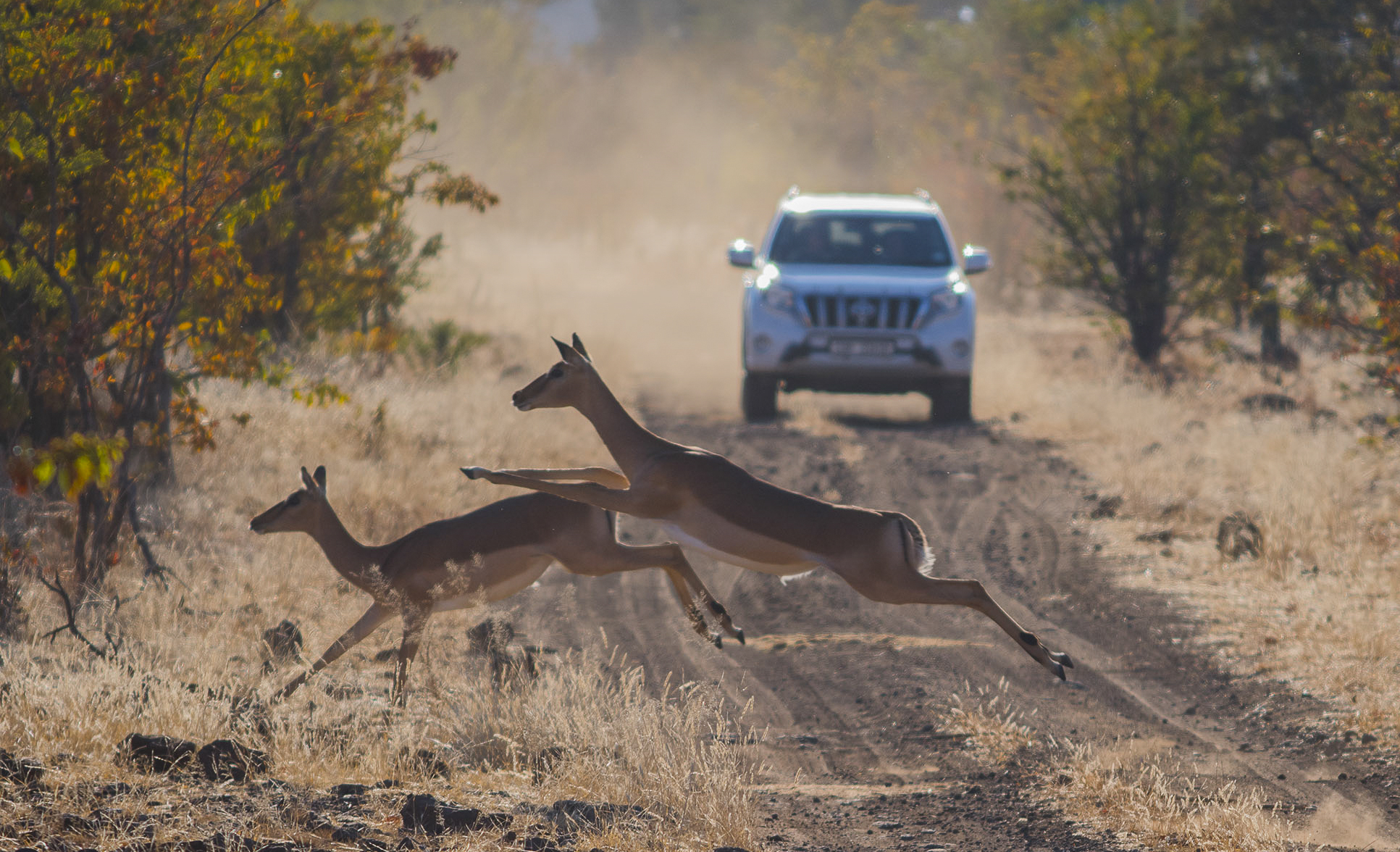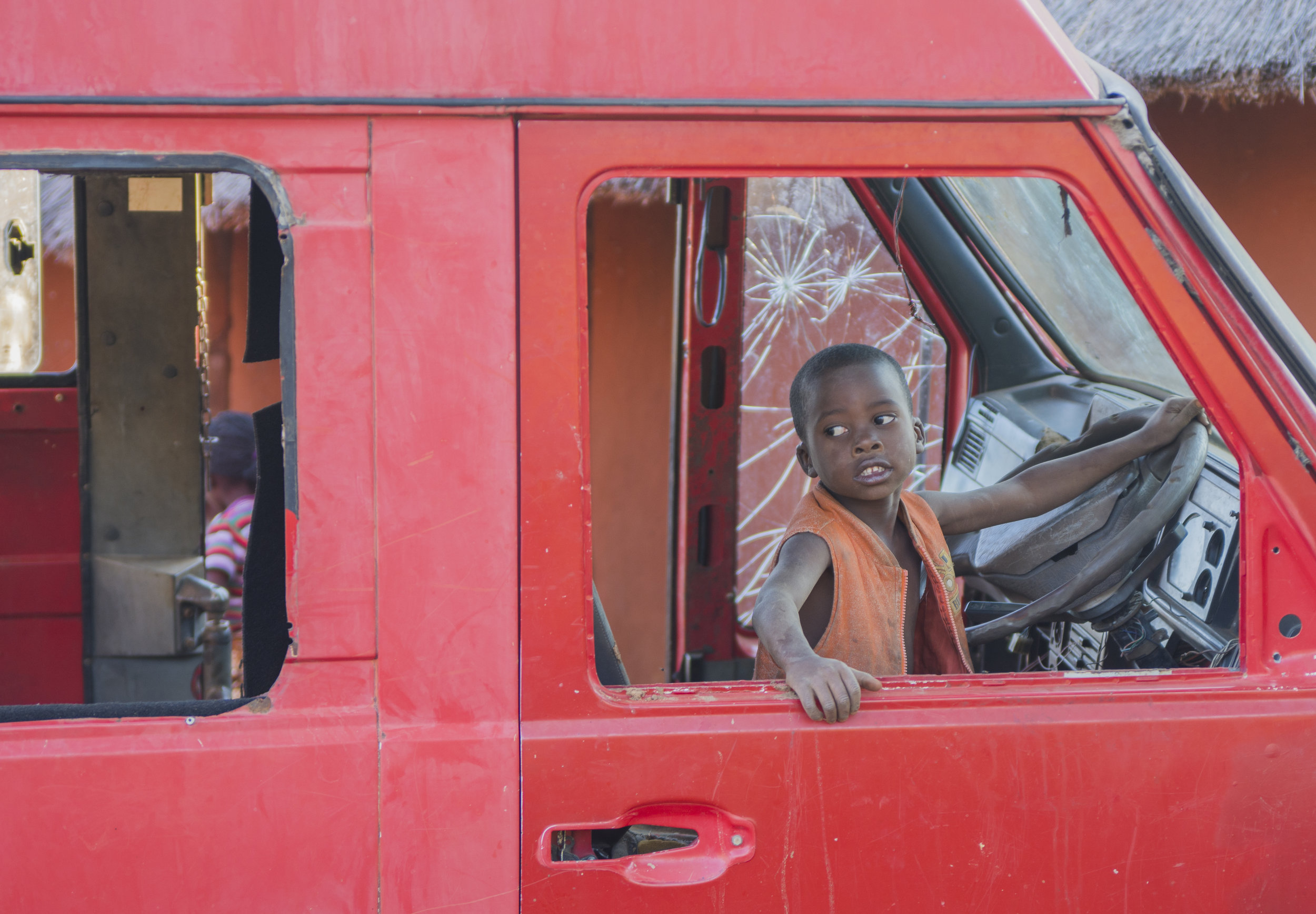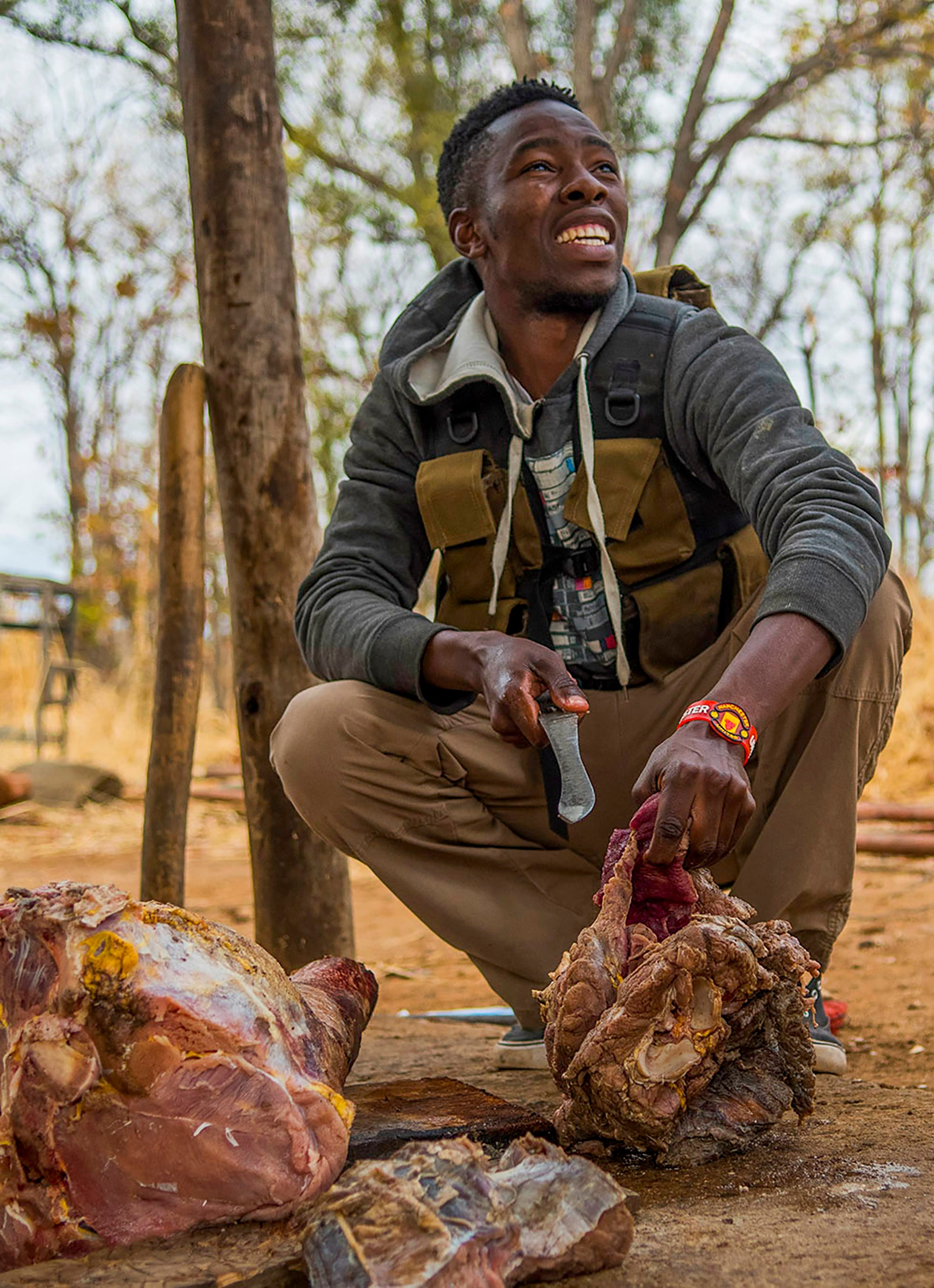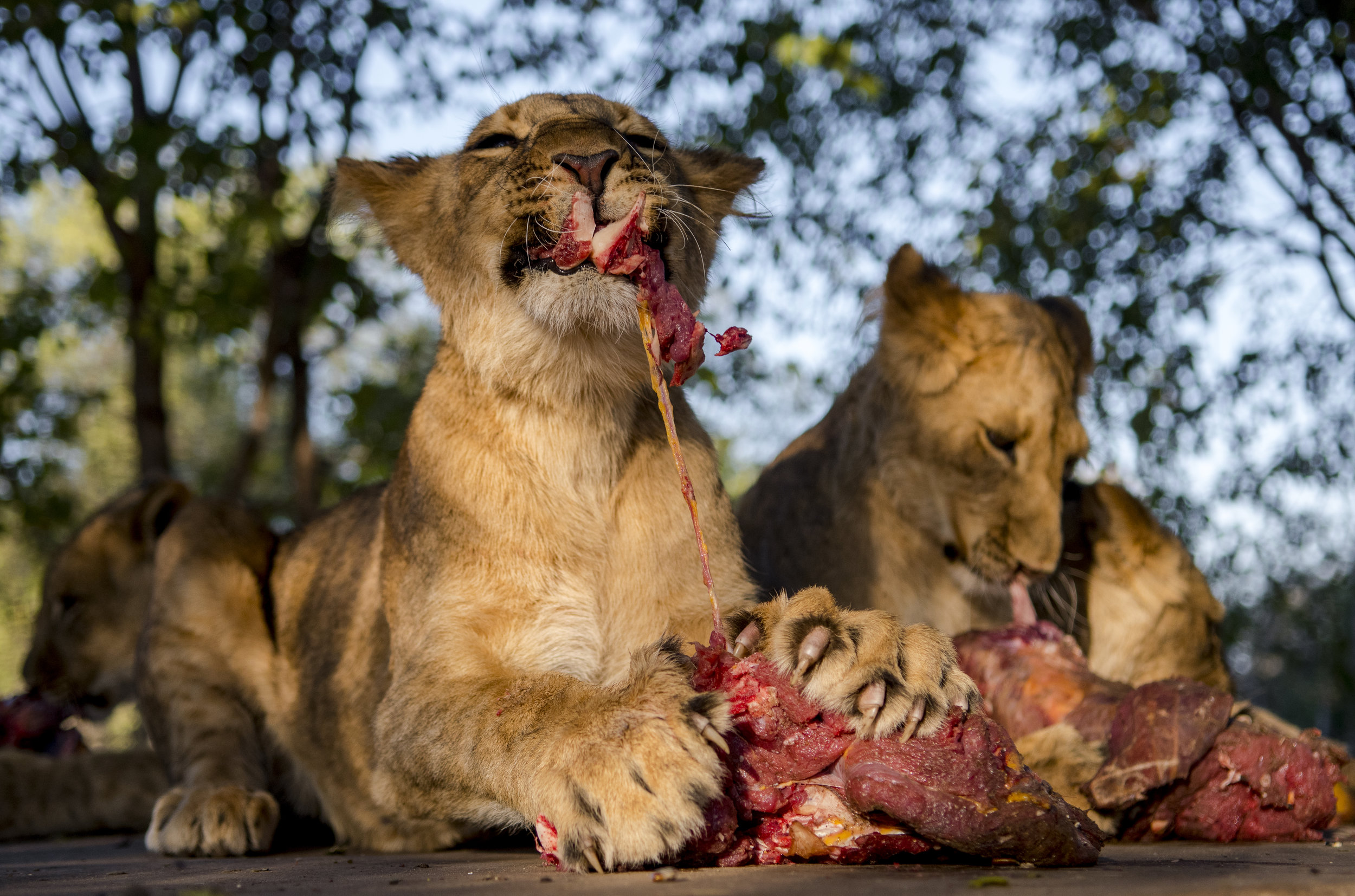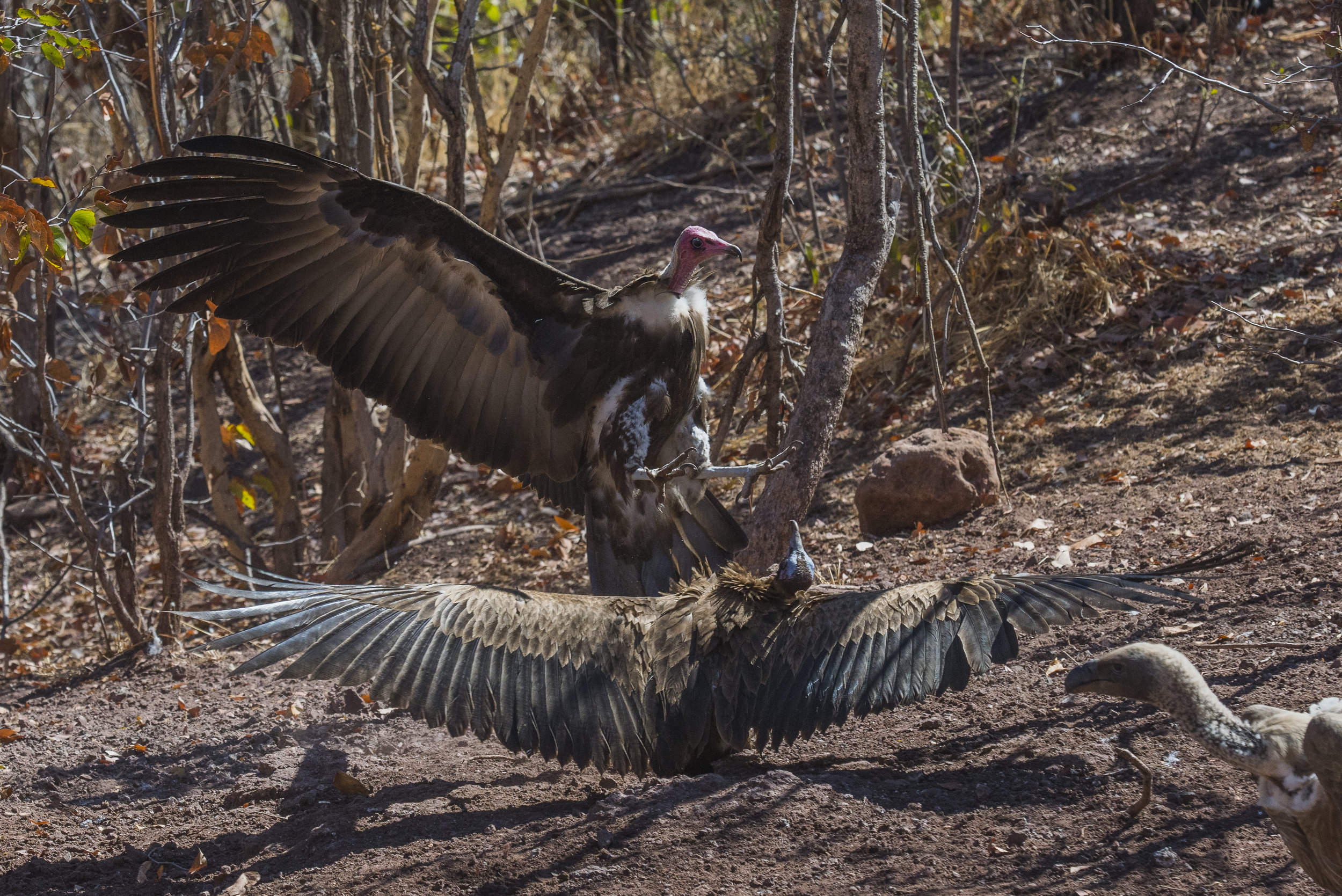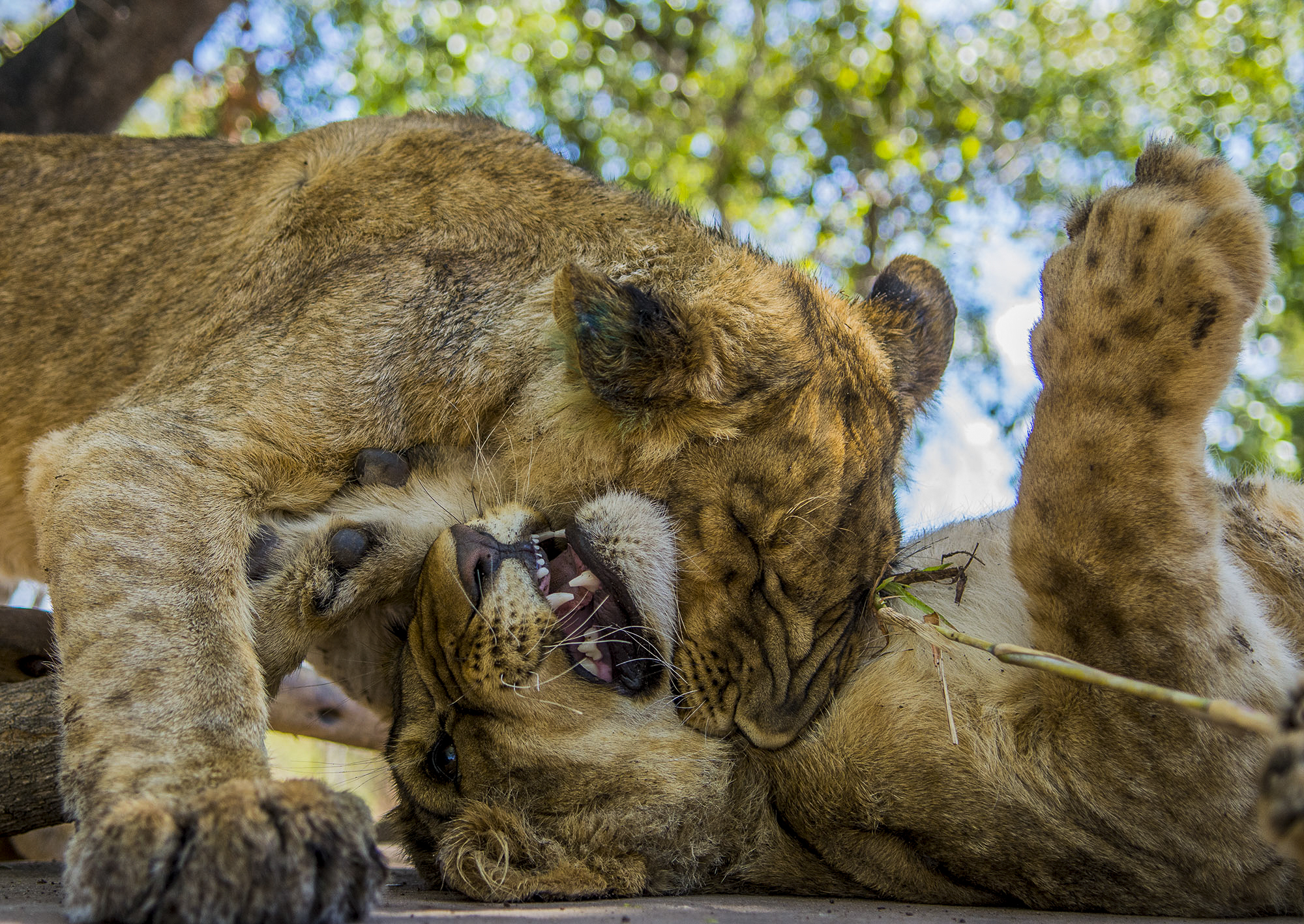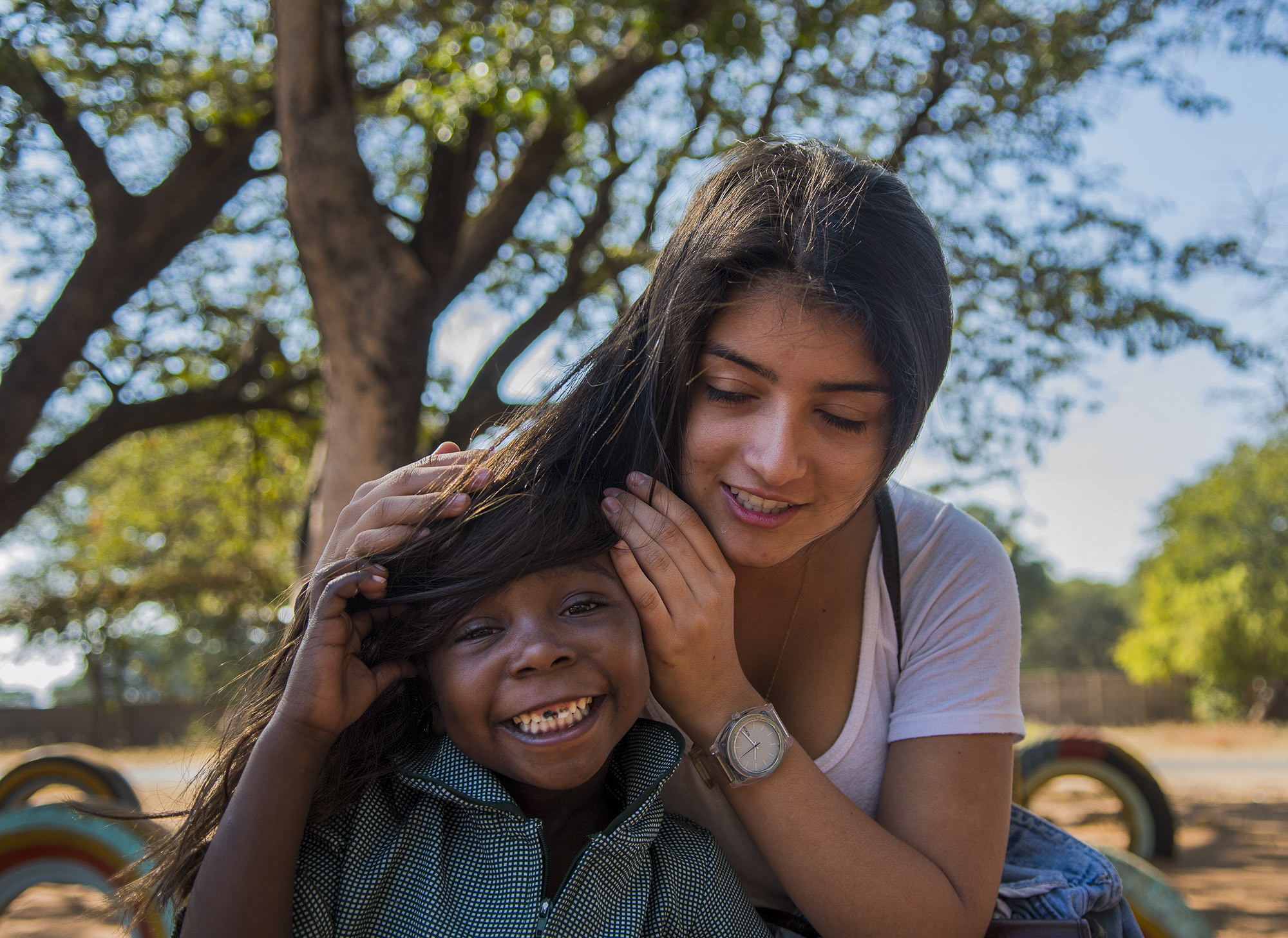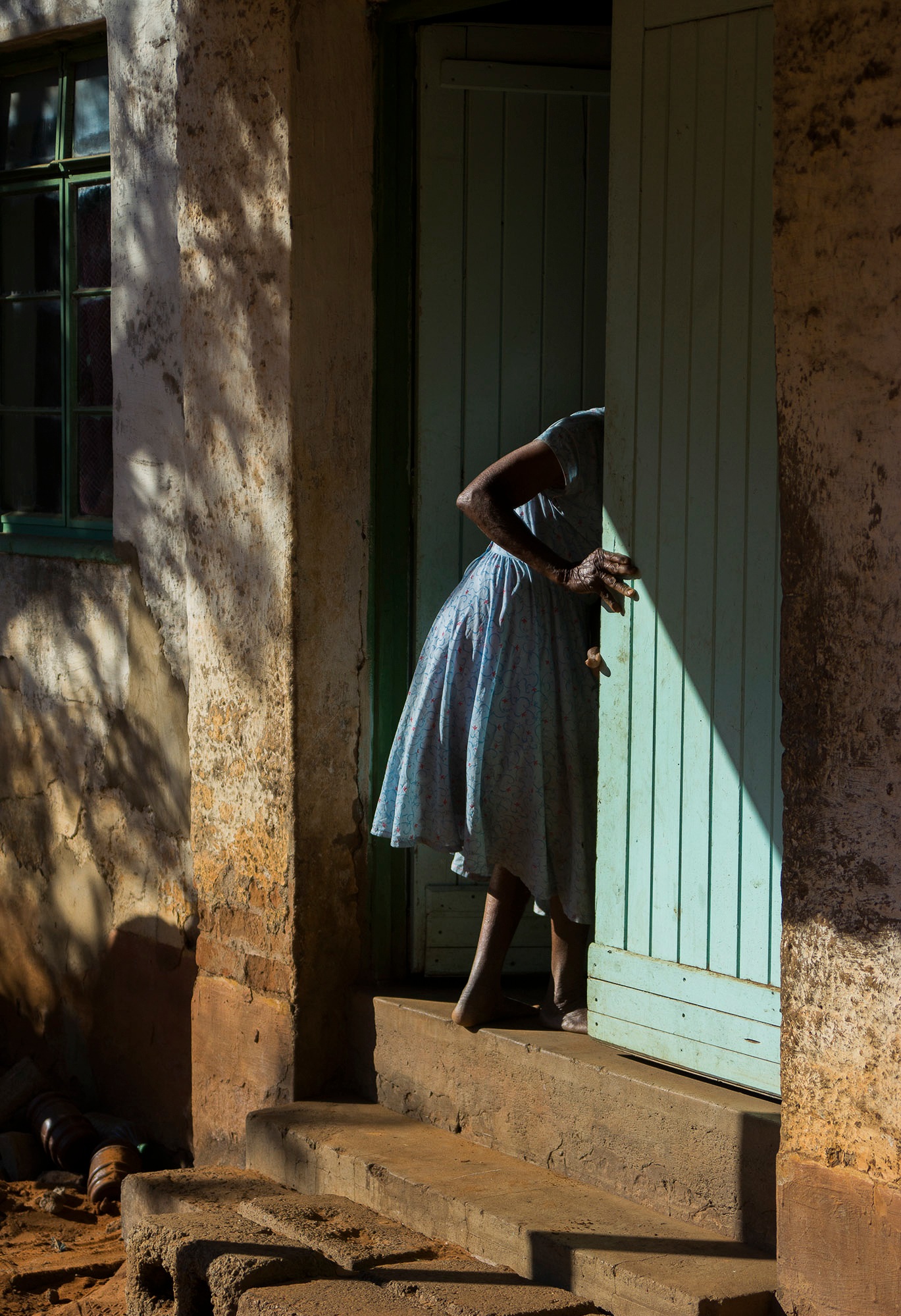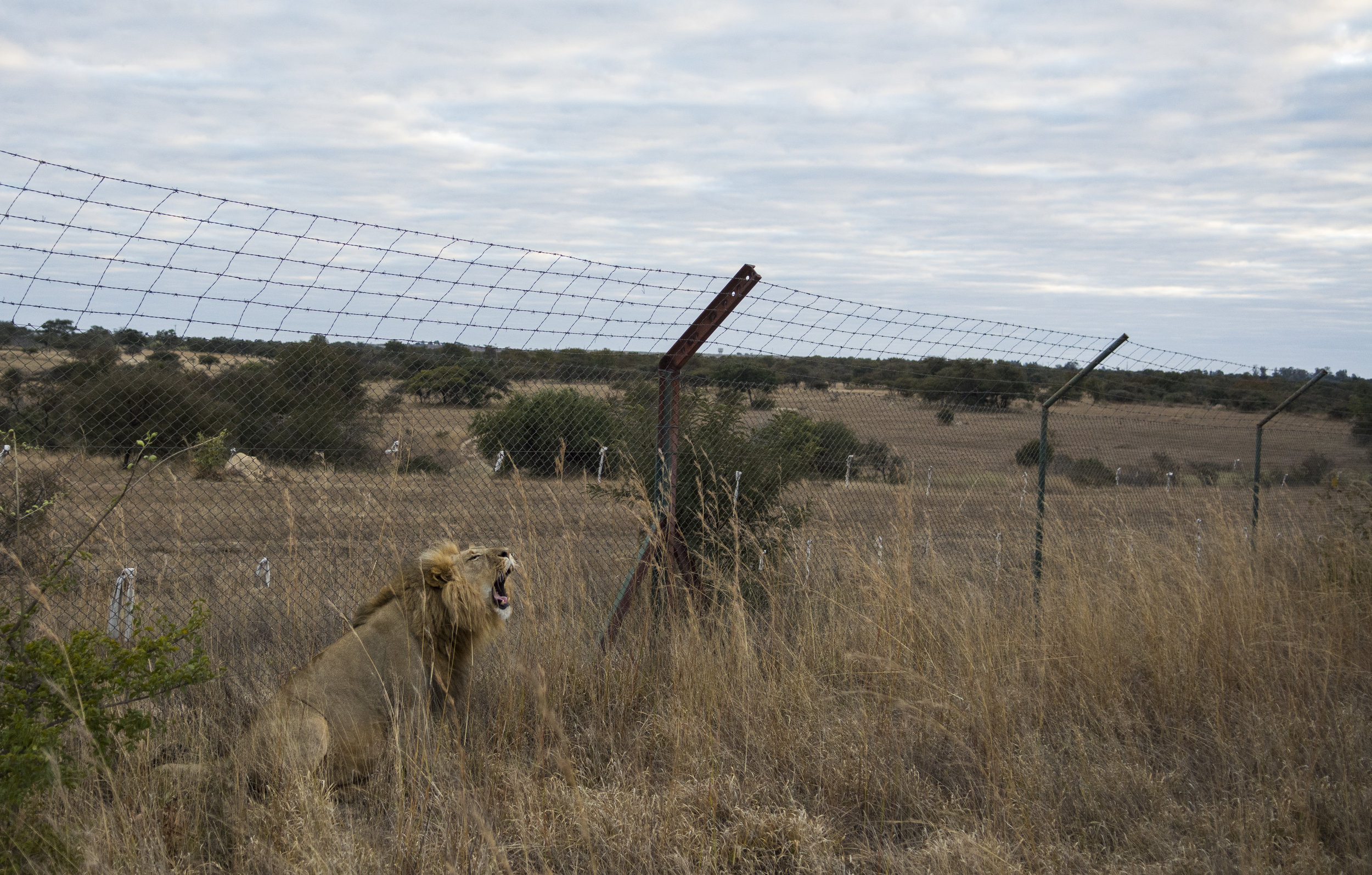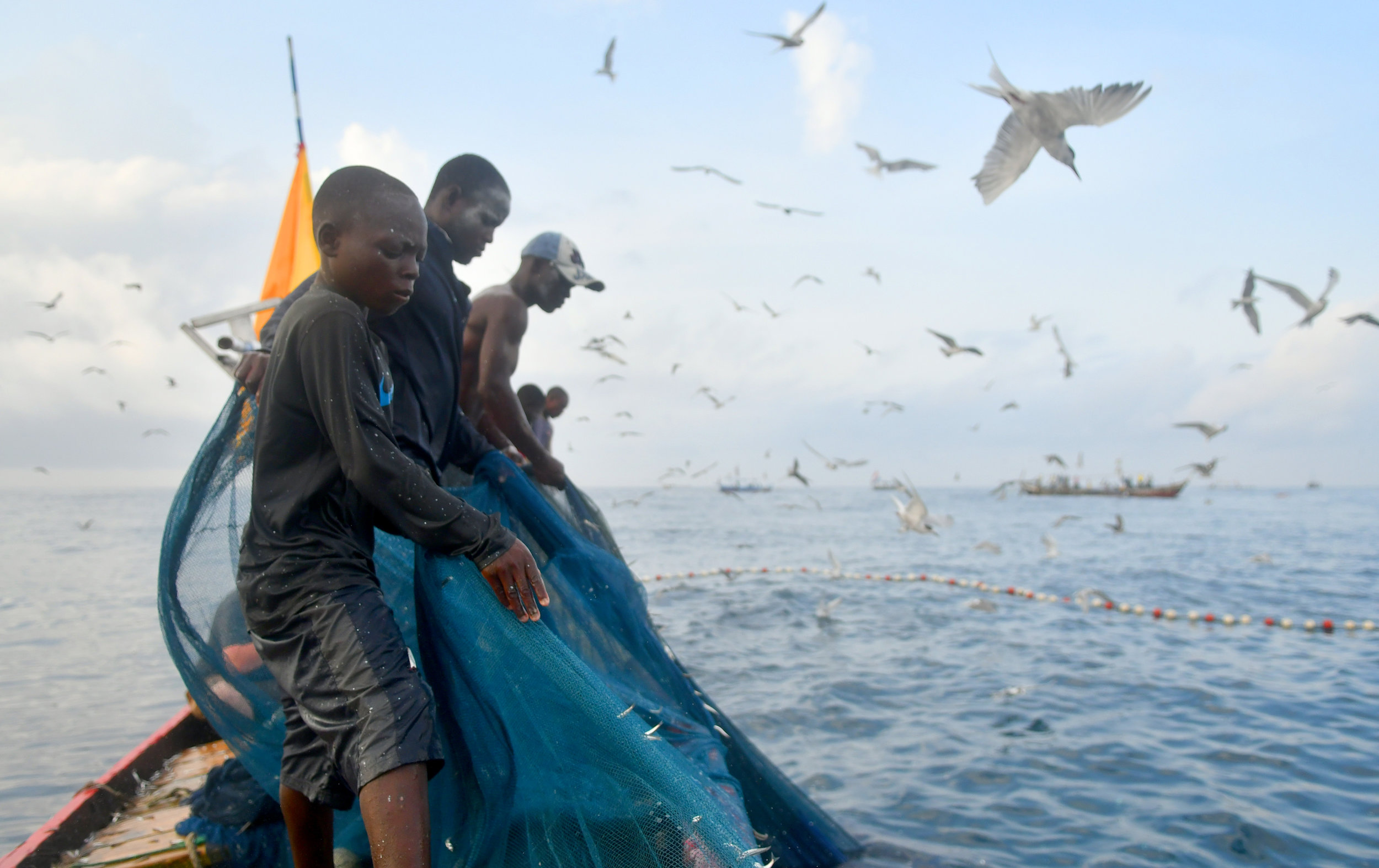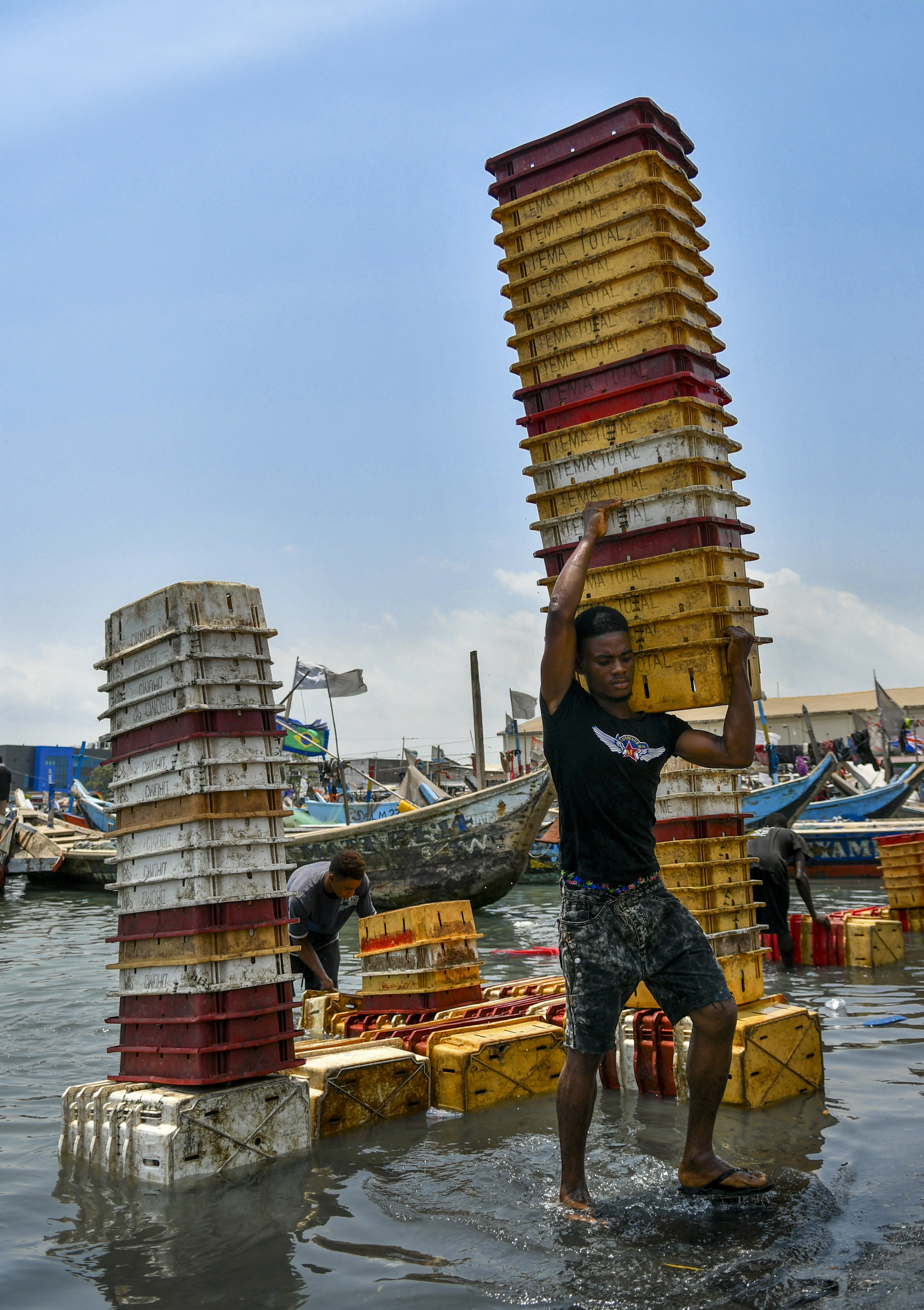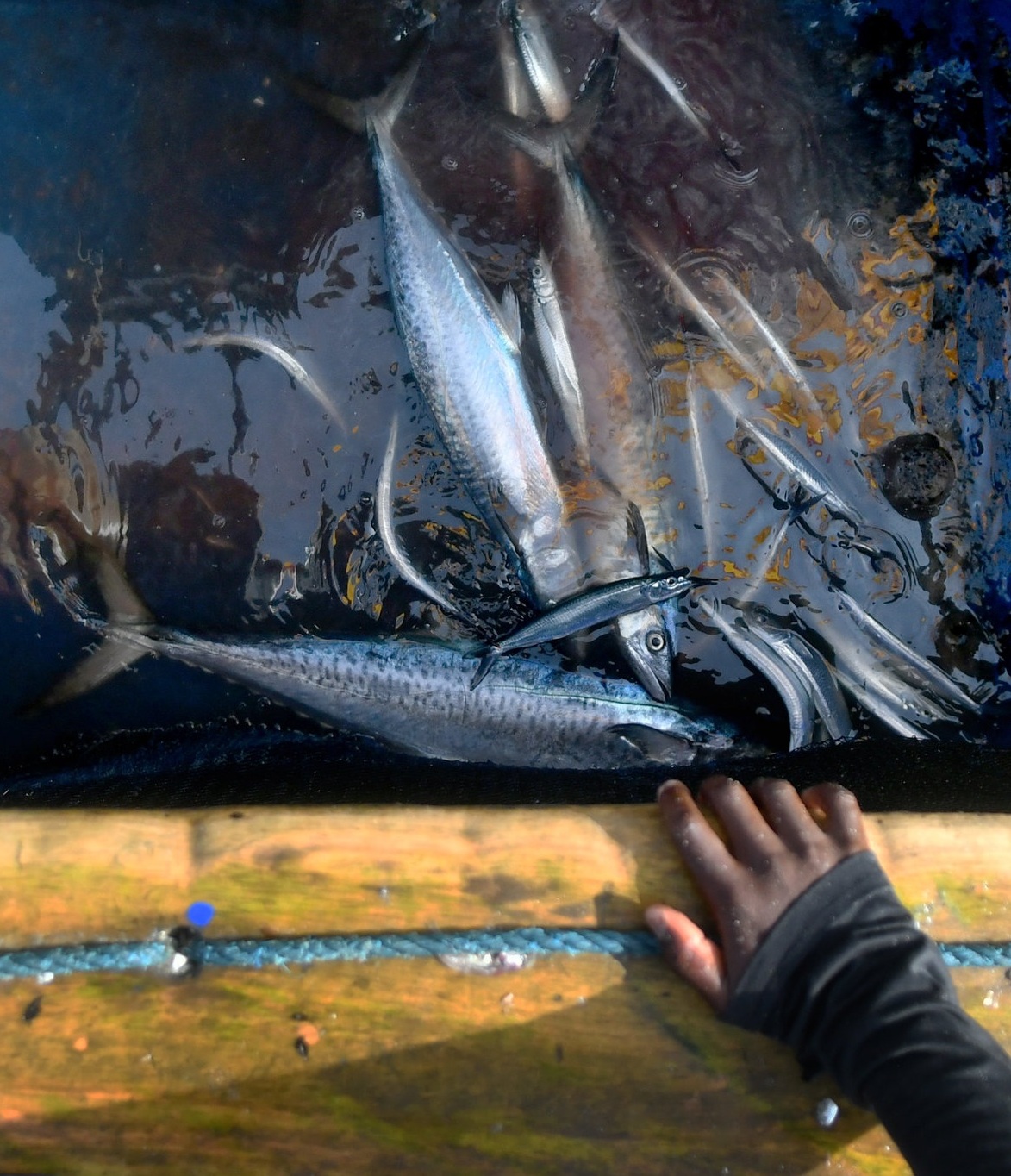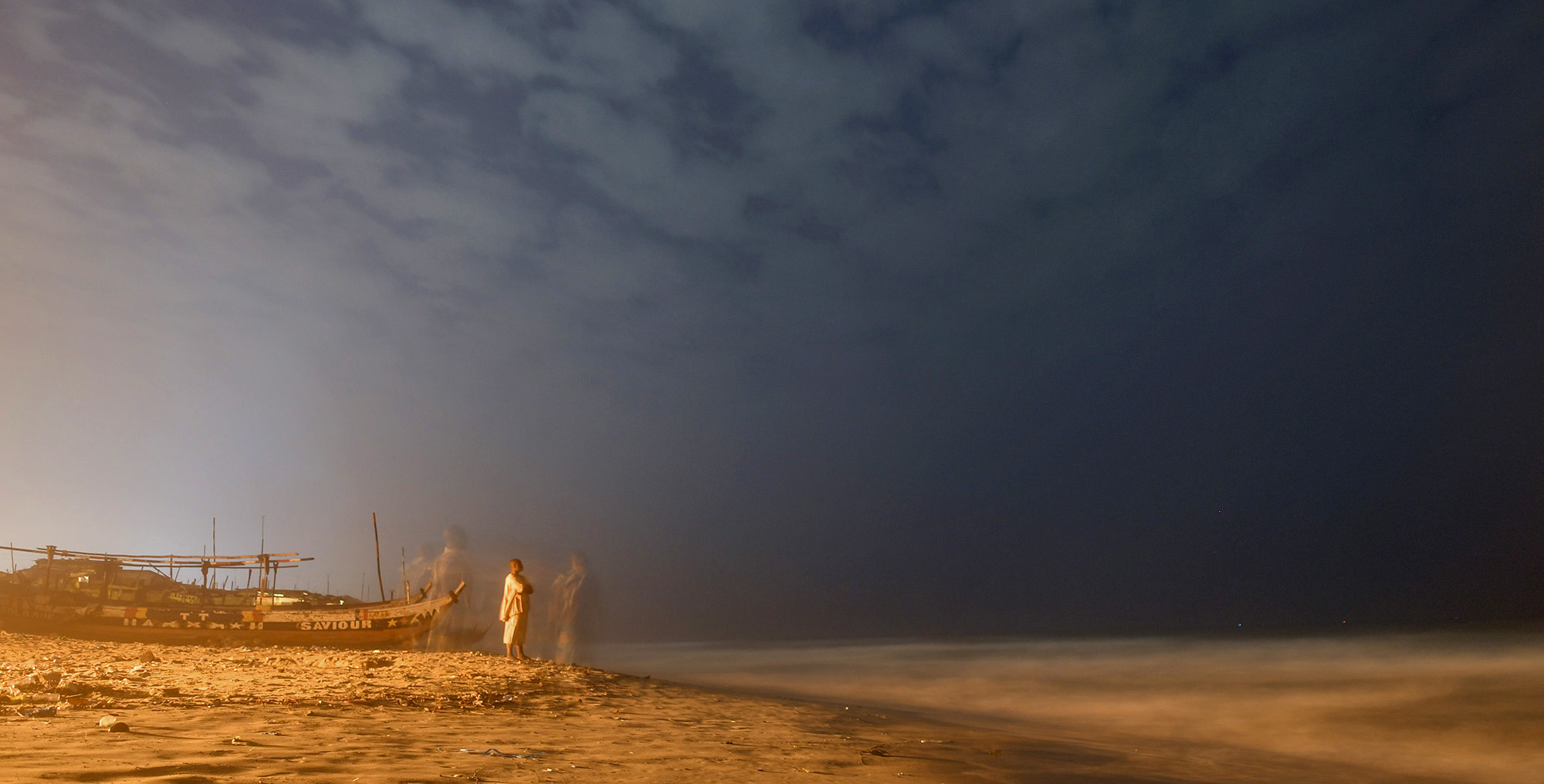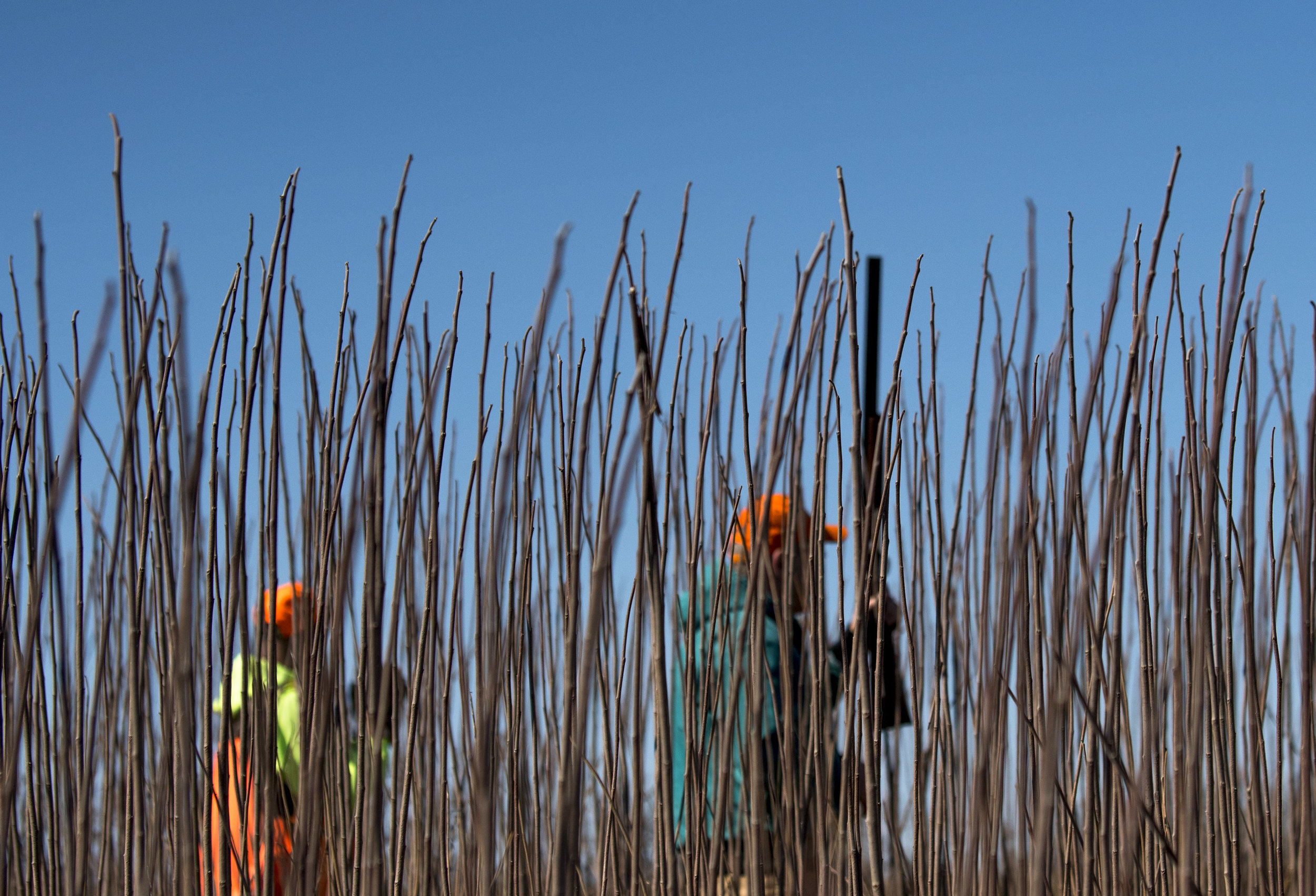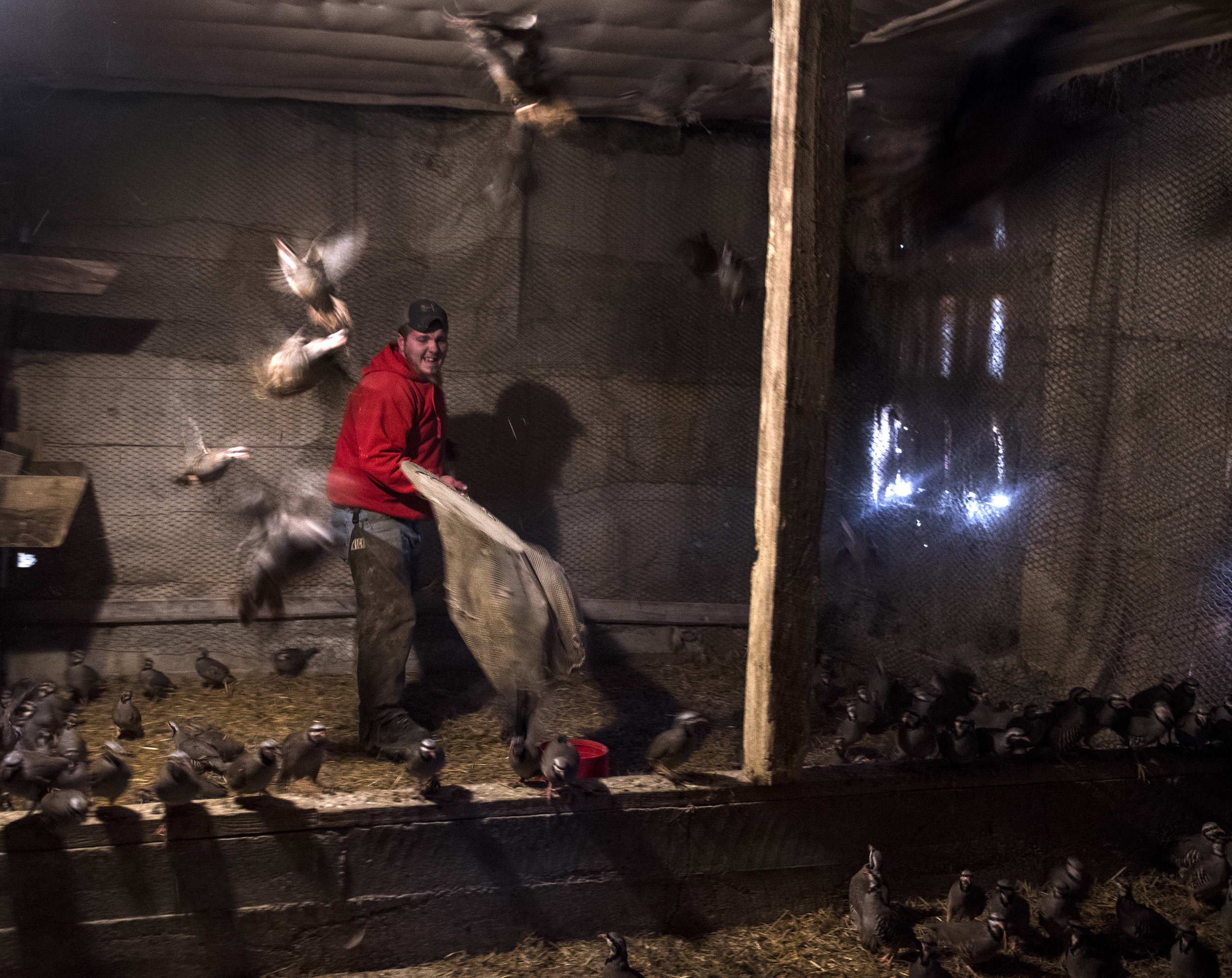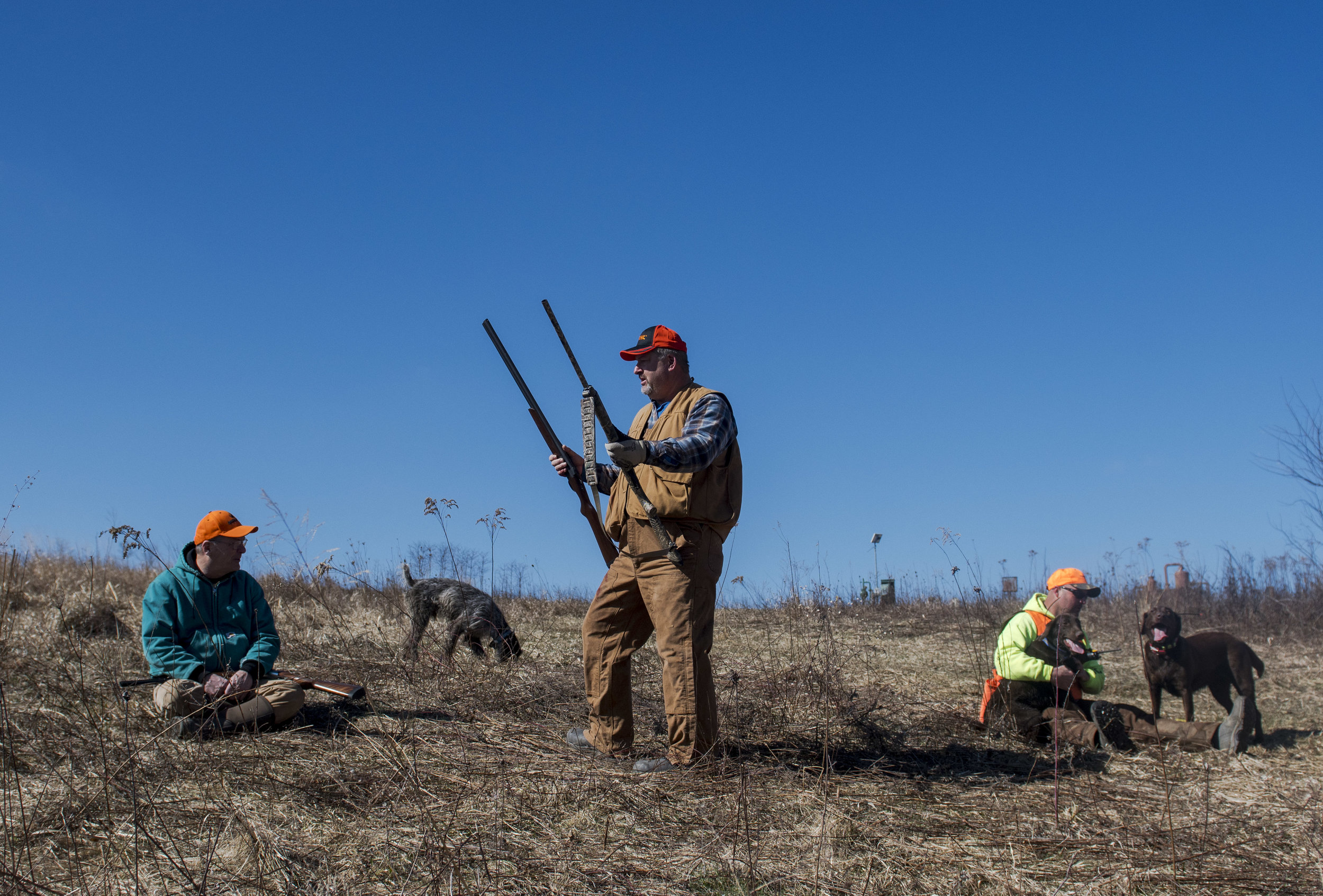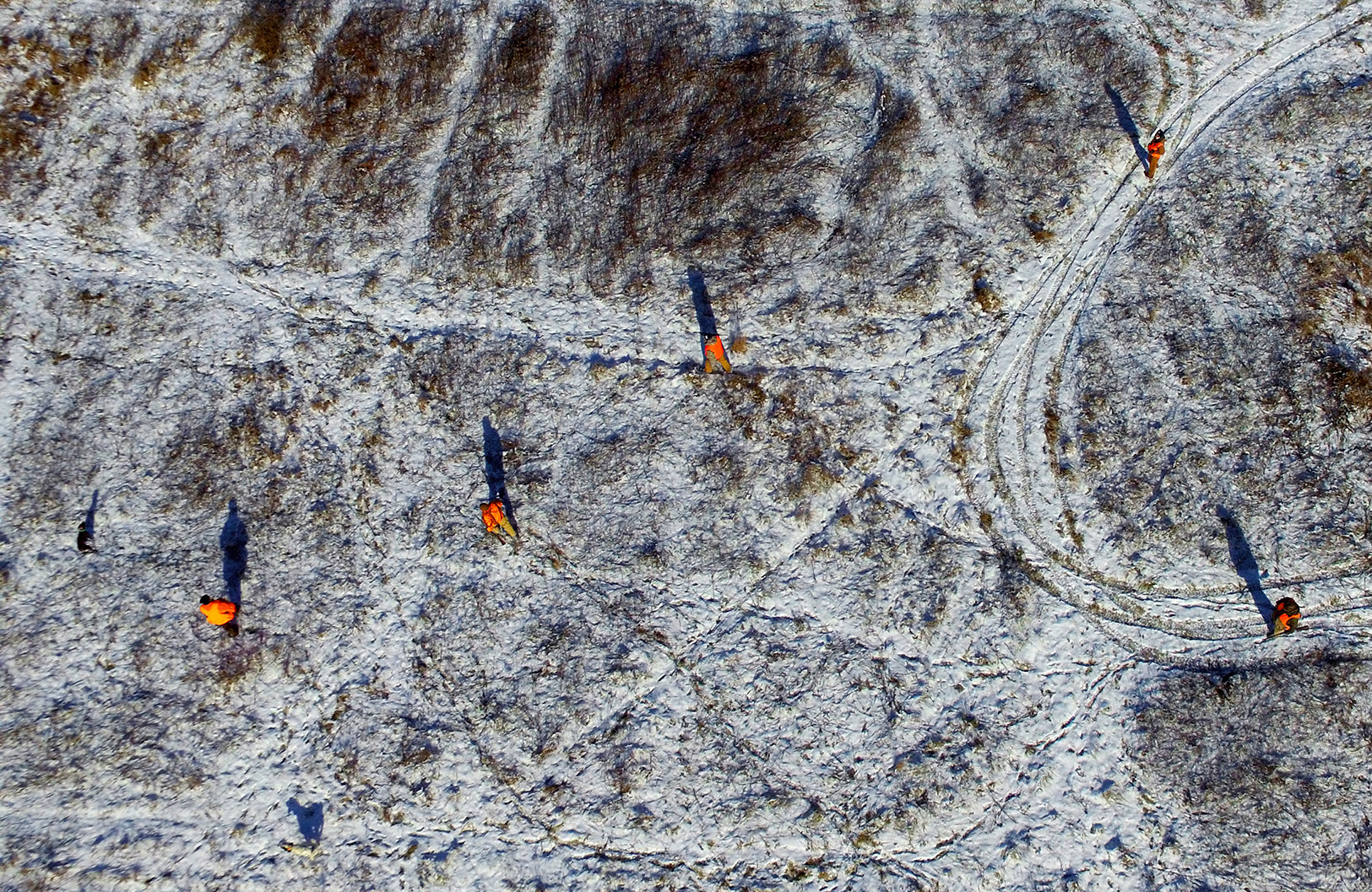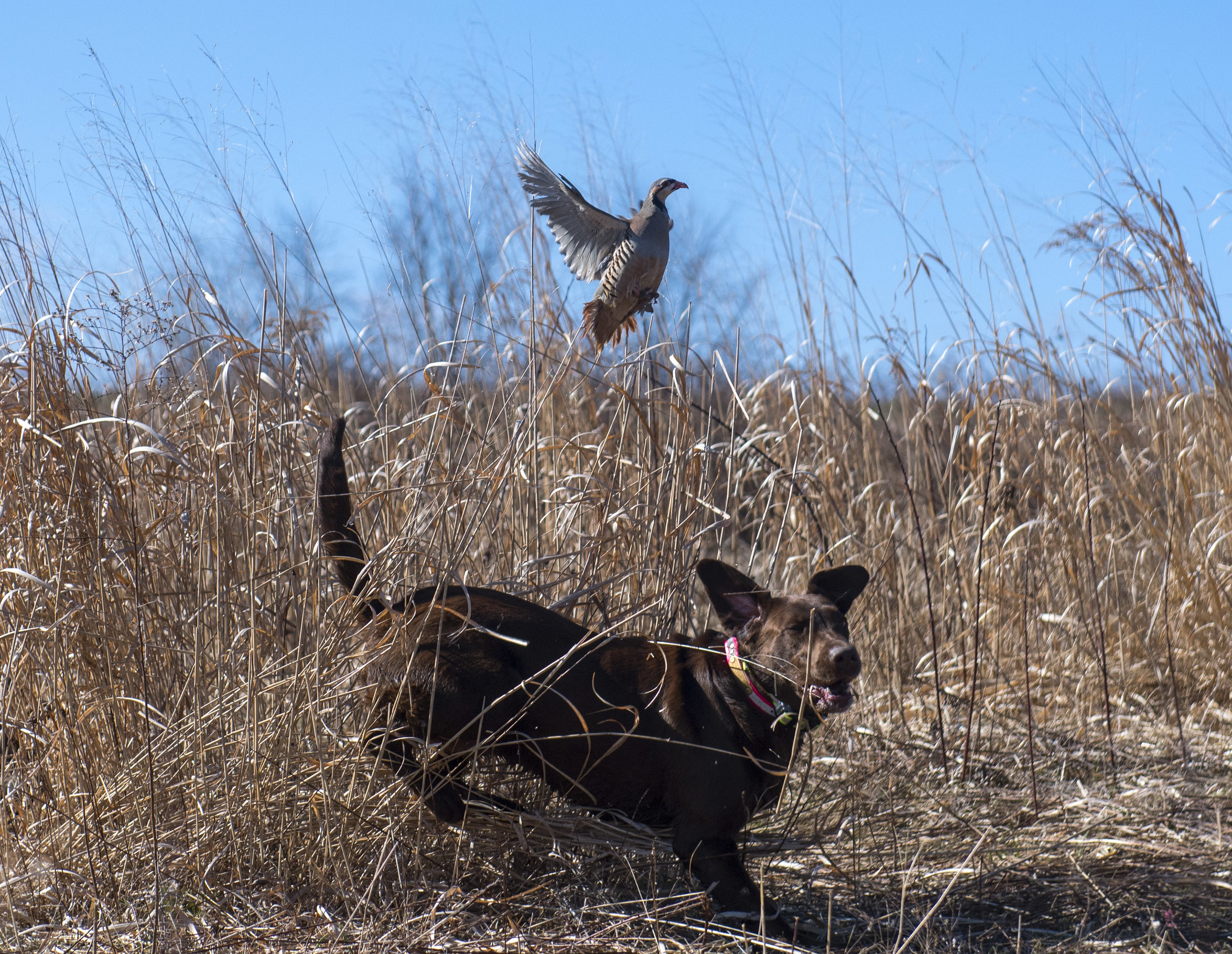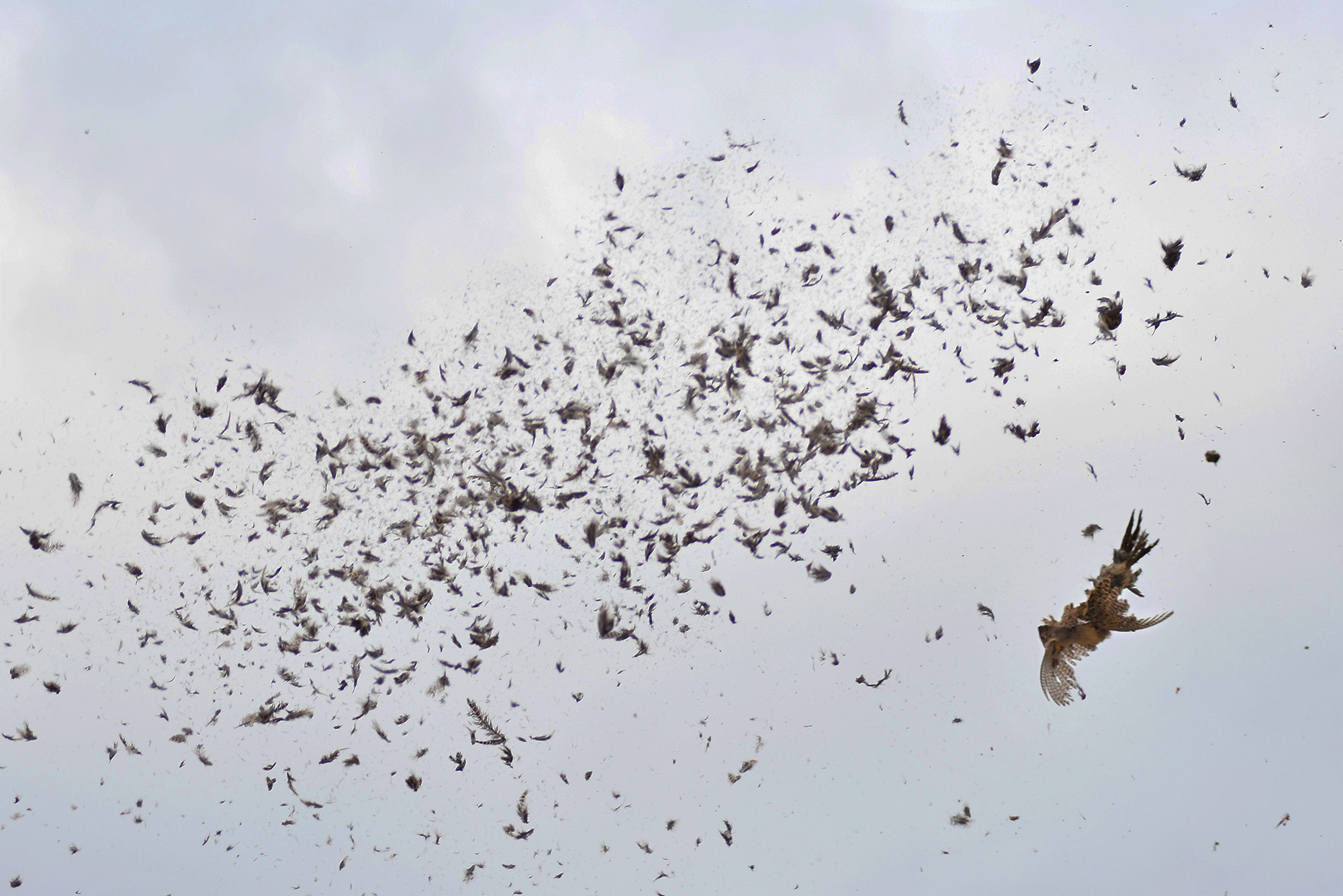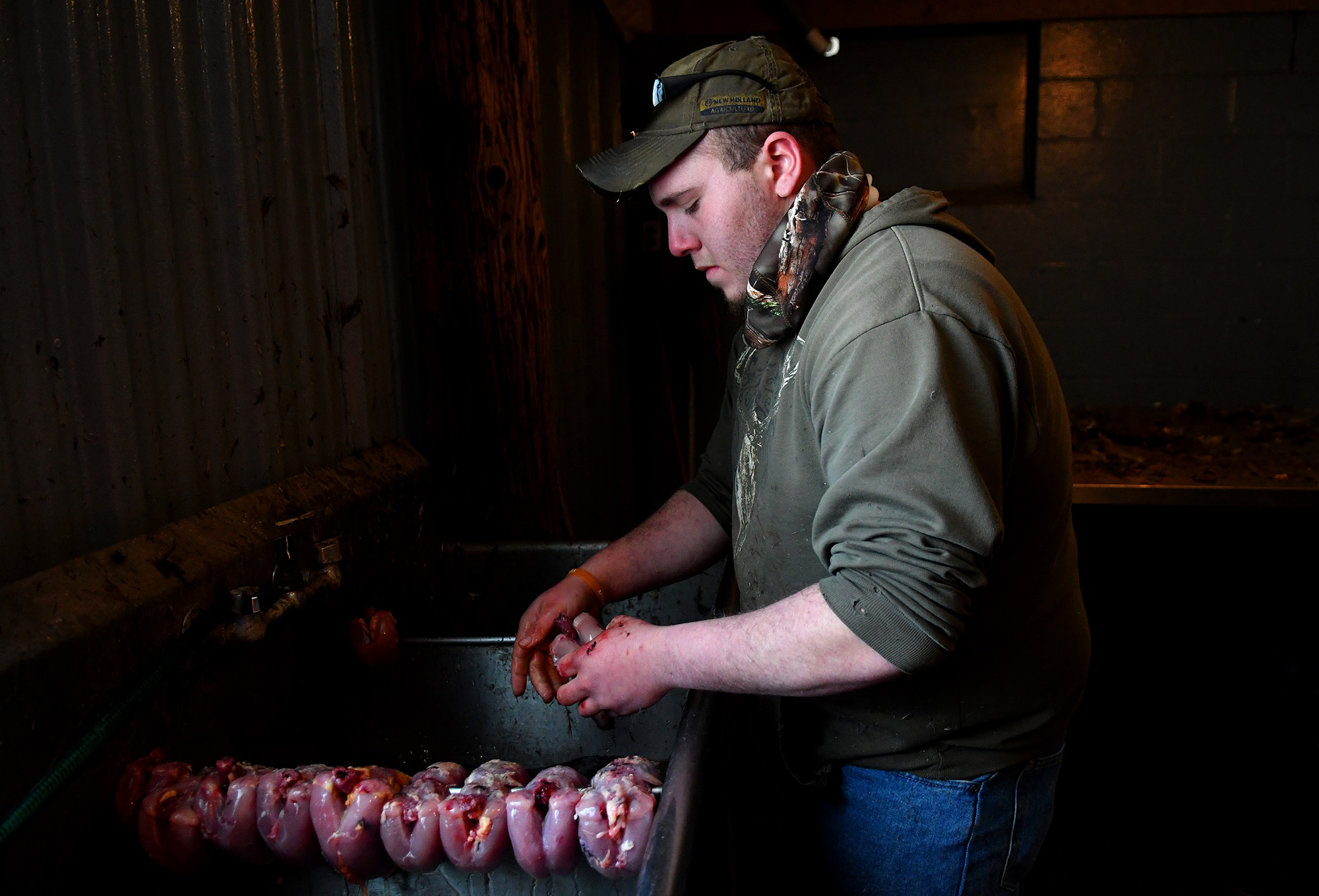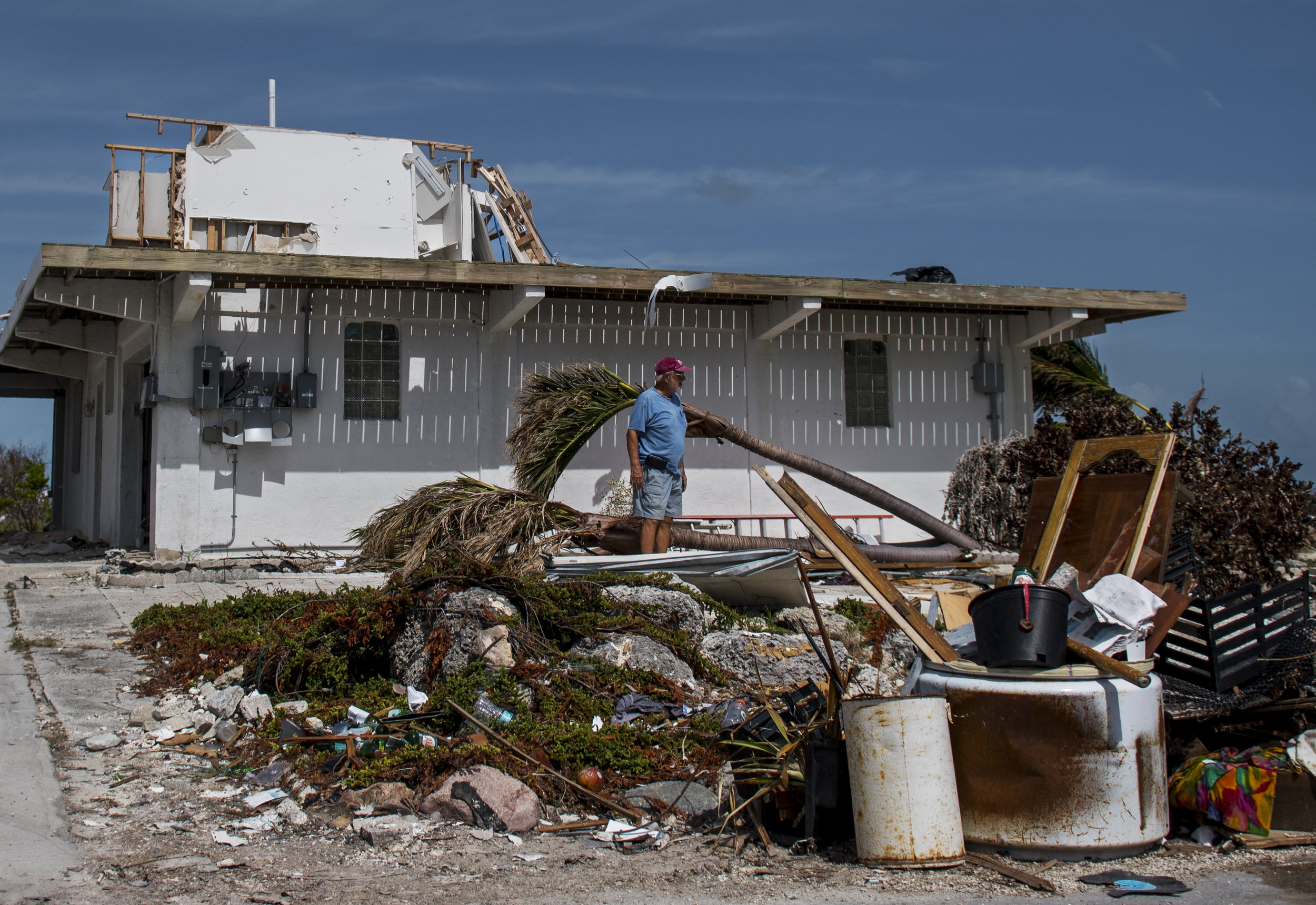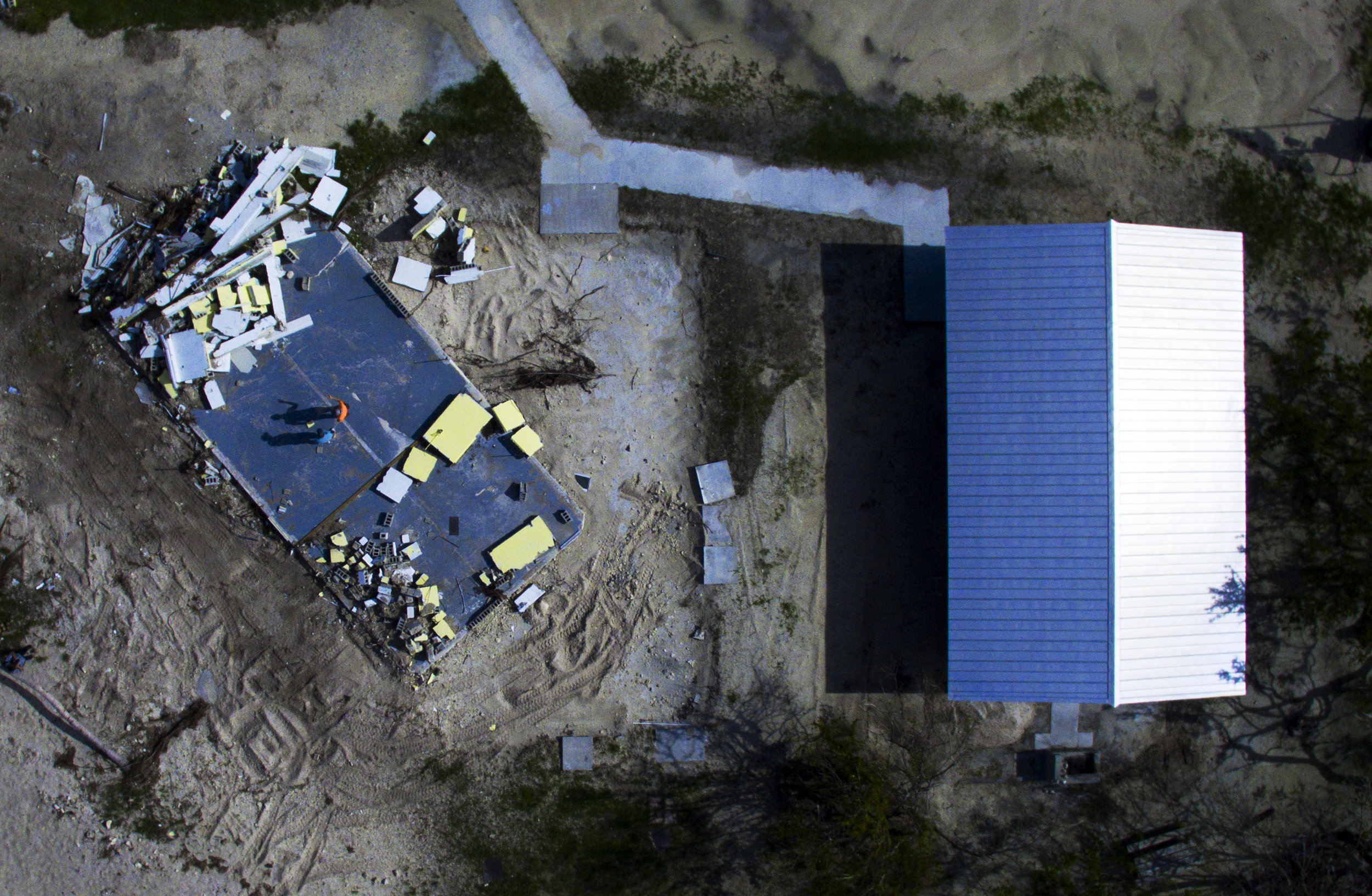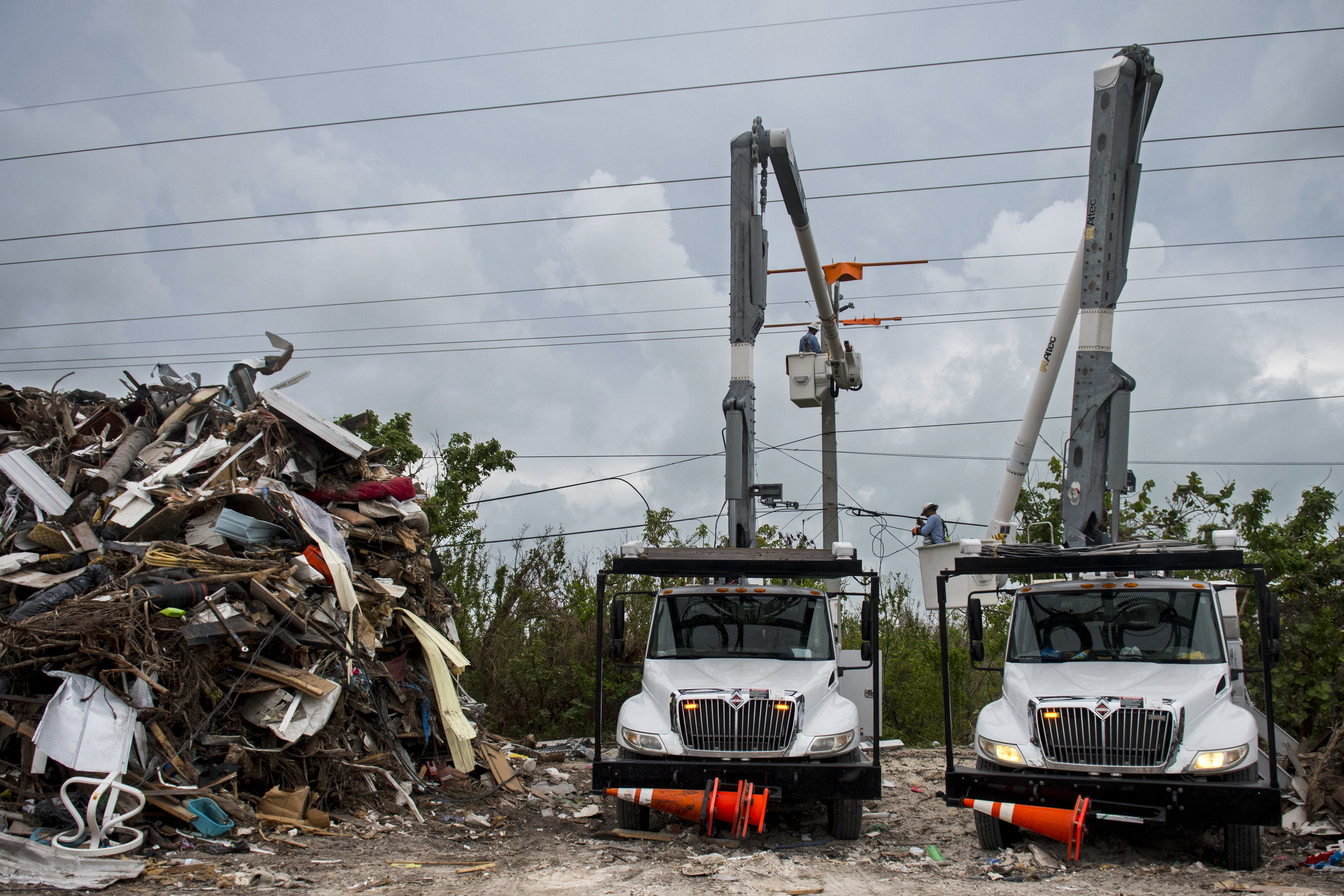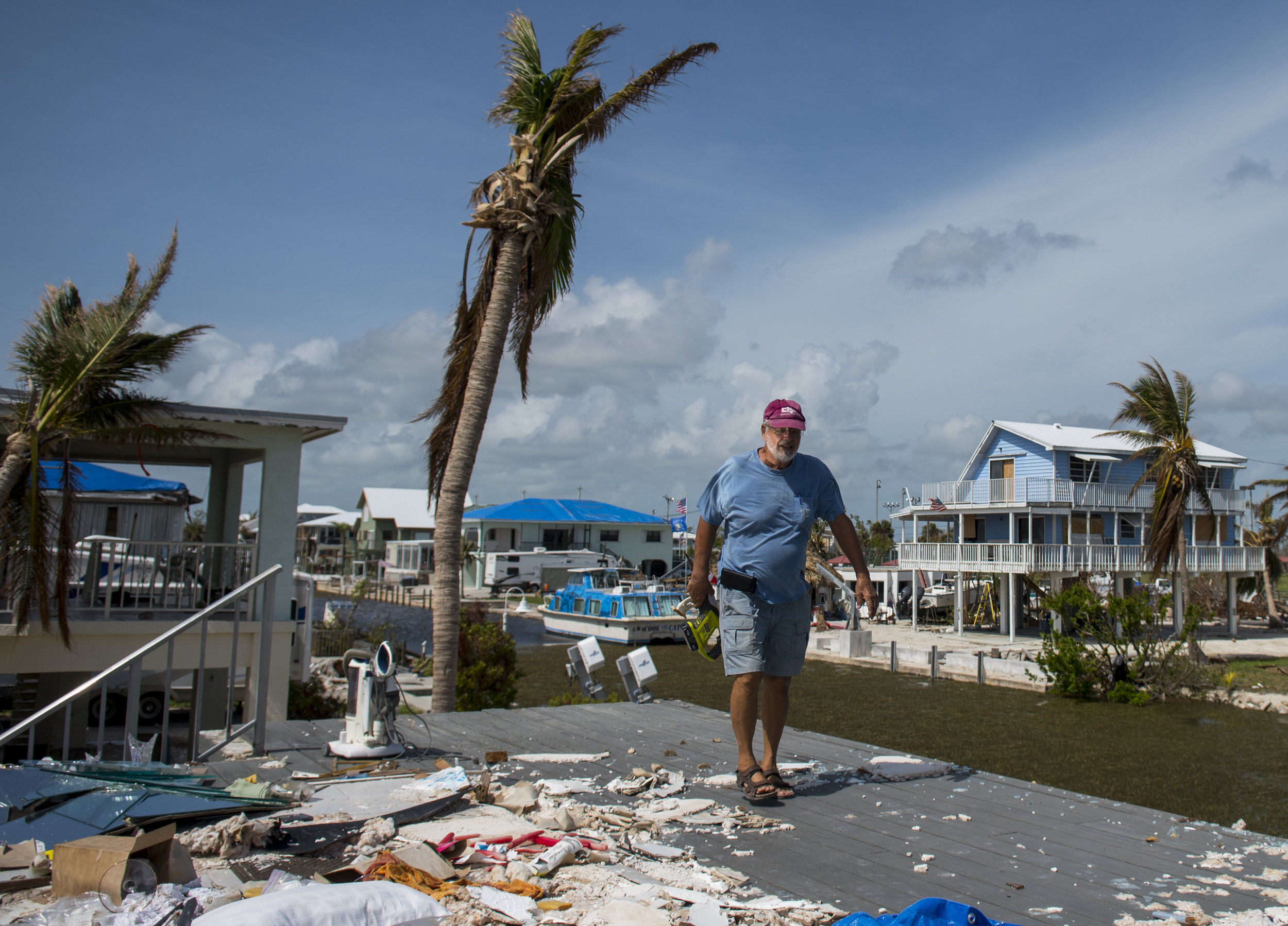“Photo stories are one of my favorite types of projects to work on. They require you to work with your subject over multiple days, weeks, months or even years to develop and refine. You get a deeper look into people lives and form connections that you will hold onto forever. Each of these was a privilege to work on and I am proud to have the opportunity to share them.”
No one should have to say, “what was a lion?”
Over the past few thousand years, and more notably the last hundred, lion populations have plummeted due to increased interactions with humans. Lions once ranged from all across Africa, west into what would be modern-day Greece across the deserts of the middle east as far as India. Estimates vary on their historical range and peak numbers. There could have at one point been over a million of the big cats across that range.
Today there are only about 20,000 individuals left in the wild, most in isolated and disconnected populations in Sub-Saharan Africa and one National Park in India. The African Lion and Environmental Research Trust, ALERT, was founded with the goal of reversing this downward decline. Volunteers come from around the world to help staff different stations created by the organization to aid in lion and community-centered projects. Through their multi-step process ALERT aims to reintroduce lions back into the wild that originated from a captive population, boosting their wild-born counterparts numbers.
With hard work and some patience hopefully, they will begin to reintroduce lions back into areas where they have been been extinct locally, conserving a keystone species that is crucial to their ancestral home range.
“As long as there has been Ghana, there has been fishing”
Fishing is an important aspect of the culture and economy of Ghana. The people get 60 percent of their protein from fishing the sea, lakes and rivers. Ten percent of the nation’s population is directly or indirectly involved in the industry, around 2.5 million people.
Ghana is a young nation, only recently having celebrated its 60th year of independence from Great Britain. Humans have been living in this part of West Africa for thousands of years using techniques and practicing traditions that have changed very little in that time. Notable exceptions being the introduction of steel, outboard motors and nylon netting.
Within the long-standing traditions is a belief that the sea is a goddess that must be respected. No Ghanian believers fish the ocean, touch the ocean or - for some- look at the ocean on Tuesdays. The belief is that that ocean must rest and give birth to new fish for them to catch since she is their provider.
Climate change, international competition and overfishing have recently hurt the fish stocks along not just Ghana’s but the entire West African coast. The fish that so many rely on for their livelihood and survival are disappearing. Many are now taking up the fight to preserve the ocean so that the fishing culture will be a part of Ghana for future generations.
Monigold’s Upland Bird Hunting Preserve
Hunting is a practice that is deeply ingrained into most cultures around the world. Some condemn it and others celebrate it. Rather than take a stance on either, I would rather take a look at the people who participate and their personal reasons behind it.
Monigold’s is a pay to hunt experience in southeastern Ohio near Newcomerstown. Pheasant, quail or chuckers can be bought and released into the 400-acre preserve. The guides will take hunters out to find and shoot their purchased birds. People come from as far away as New York, Michigan, and Florida to hunt here, and have been coming to Monigold's for almost 20 years. While the success rate for most hunts are high, these are still wild animals who can and do avoid the hunters, guides and dogs. Some escape off the reserve or find spots that even the dogs cannot flush them out of.
“It’s not a matter of IF, it’s a matter of WHEN”
On September 10, 2017, Hurricane Irma hit the Florida Keys leaving a wide swath of destruction in its wake. The storm hit the middle keys the heaviest and according to some residents was the hardest they had been hit in recent memory.
Over a month after the storm had evaporated, recovery efforts remain in the beginning stages of cleanup and reconstruction. In some areas, citizens can only remove and pile up the ruined remains of homes to the roadside and wait for the debris to be picked up. Huge piles of wreckage line the highway up and down the keys at collection points that will be transported to the mainland for processing.
Life on Key West and the upper keys has largely returned to normal but the middle key residents are struggling even with the aid provided by various government organizations and volunteer groups from around the country. As the weeks progress the residents of the middle keys will continue to pick up the pieces of their interrupted lives and rebuild as best they can.
